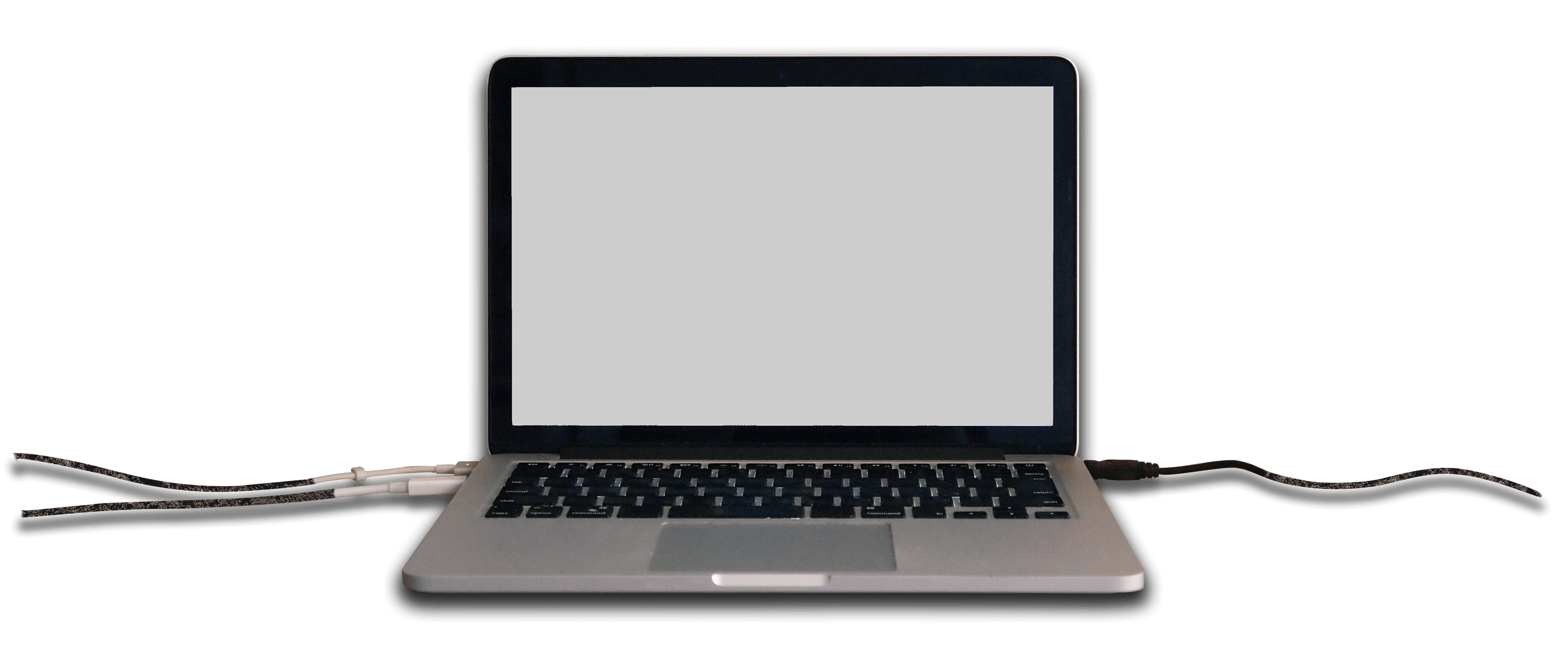

This laptop is Mac Book Pro 13’ late 2013 model - ME864
Materials and components (as publicised by Apple in the model’s “Environmental Report”)
- Aluminum, 614g
- Battery, 334g
- Circuit boards, 155g
- Glass, 150g
- Display panel, 92g
- Keyboard and trackpad, 90g
- Other metals, 72g
- Plastics, 49g
- Solid-state drive, 13g
Kate Crawford and Vladan Joler say there are 17 rare earth elements often used for making laptops - but the exact configurations of minerals in parts such as batteries, hard drive, and display are usually difficult to identify, as they are protected by trade secrets and the like[1][2].
It took billions of years for the earth to compose the elements needed to produce our hardware devices.[3] In a sense, the materials of the laptop were born long ago - at one point after the birth of the earth 4.54 billion years ago.[4]
__________________________
*For more information about the hardware components used for the laptop and its inner structure, see MacBook Pro 13" Retina Display Late 2013 Teardown by ifixit.
[1] 17 rare earth elements are:
21 Sc Scandium
39 Y Yttrium
57 La Lanthanum
58 Ce Cerium
59 Pr Praseodymium
60 Nd Neodymium
61 Pm Promethium
62 Sm Samarium
63 Eu Europium
64 Gd Gadolinium
65 Tb Terbium
66 Dy Dysprosium
67 Ho Holmium
68 Er Erbium
69 Tm Thulium
70 Yb Ytterbium
71 Lu Lutetium
(Source: Wikipedia)
[2] Anatomy of an AI System (printed version), Kate Crawford and Vladan Joler, 2018, p10.
[3] ibid, p5.
[4]
History of Earth, Wikipedia.
According to Wikipedia
this laptop model is marked "Obsolete" and "Vintage", while it is still functional in many applications. It has a design issue that makes it extremely difficult to recycle the materials around the battery e.g. the aluminium and glass around the battery are glued together. Each of the parts is supposed to be highly recyclable, but glueing them together defeats the purpose.
A DIY repair website and community
ifixit
gave this device model a “repairability score” of 1 out of 10, partly due to the design issue. This score also suggests the poor longevity of the model.
If this device was taken to a recycle handler, due to the poor recyclability of the battery in the design and poor repairability, in a near future the device or its parts could be taken to a landfill. This type of process could cause pollution and health hazards among the workers who handle e-waste.[5]
The list below shows some indicative durations for how long it can take for various e-waste parts to decompose in landfills.
- Glass: 1-2 million years
- Batteries: 100-1million years
- Aluminum can: 200-500 years
- A plastic jug: 1 million years
While the above list provides some temporal sense of the afterlife of the device, what seems to remain unknown is how long it can take for other components made with the 17 rare earth elements to decompose in a landfill.
[5] Anatomy of an AI System (printed version), Kate Crawford and Vladan Joler, 2018, p10/D.
Would you be able to share a photograph of your old digital device
for the future development of related art projects by the artist?
The artist is interested in building a prototype of the database of obsolete devices for making visible their materiality.
To share your old device, please email the artist Shinji Toya at
info@shinjitoya.com
with the information below:
Alternatively, if you would like to be kept in the loop of relevant updates please simply email the artist to say so.
Click texts to navigate